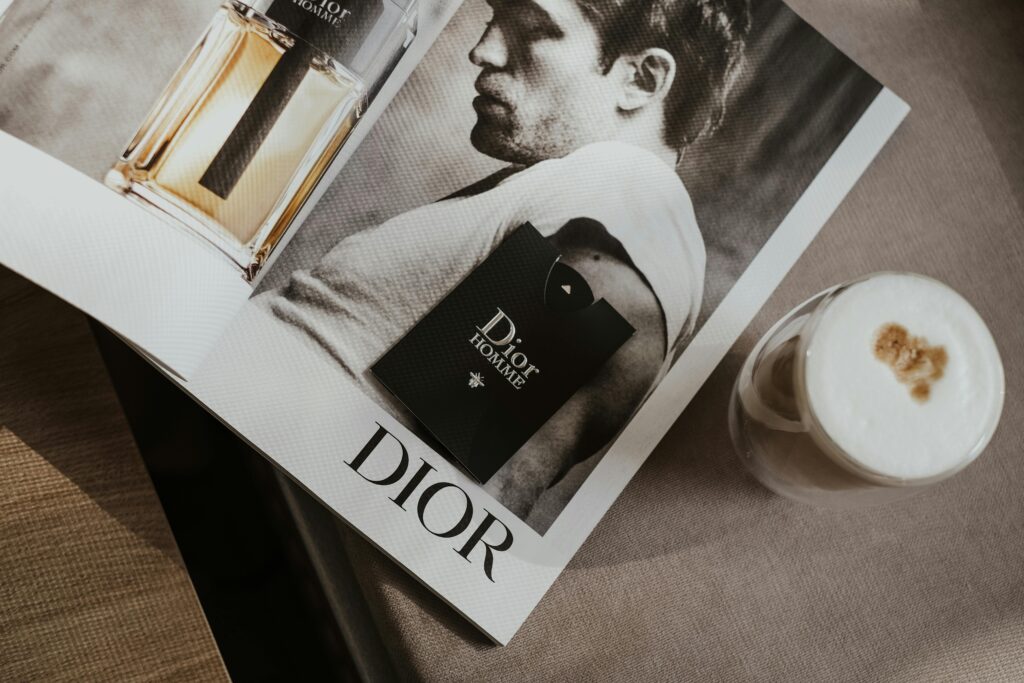
In recent years, the line between inspiration and appropriation has blurred, and brands are increasingly being held accountable for how they represent global cultures. One of the most debated examples is Dior’s cultural appropriation controversy, which stirred global conversations and scrutiny in 2021. For marketing students, this case is more than just a PR failure—it’s a crucial learning moment about the interplay of branding, ethics, and cultural sensitivity.
Let’s dive deep into the Dior case to understand what went wrong, the backlash, how the brand responded, and what students of marketing can take away from it.
Background: Dior’s Controversial Collection
In July 2021, Dior unveiled a collection inspired by the horse-riding jacket used in traditional Chinese culture, particularly the Mamianqun, a skirt with historical roots among Han Chinese women. The brand released visuals and promotional content featuring the outfit and described it as being “inspired by classic French fashion.”
This triggered immediate backlash in China, where the garment bore a striking resemblance to traditional Chinese clothing but without any credit or acknowledgement to its roots.
Also Read : How Brands Can Be Visible in ChatGPT: A 2025 Guide
Why It Mattered
- Cultural symbols are deeply rooted in identity and history. When brands fail to acknowledge origins, it is perceived as theft rather than homage.
- According to a 2021 McKinsey report, Gen Z and Millennials—who make up a large portion of luxury buyers—prioritize authenticity and inclusivity more than any generation before.
- China is one of Dior’s biggest markets. In 2020, China contributed nearly 35% of Dior’s global sales—which makes this backlash even more significant.
The Public Reaction: A Storm on Social Media
The backlash began on Chinese platforms like Weibo, where hashtags such as #DiorApologize and #HanfuNotFrench quickly trended. The controversy soon caught global media attention.
Key Data:
- The hashtag #DiorApologize received over 250 million views within 48 hours.
- On Instagram, activists and fashion bloggers from diverse backgrounds criticized Dior for misappropriating cultural heritage without giving credit.
Some even staged small protests outside Dior stores in China, wearing traditional Hanfu attire and holding signs calling out Dior’s “Western-centric arrogance.”
Continue reading…
The next section dives into how Dior responded to the backlash, what they could have done differently, and how crisis management plays a pivotal role in brand trust.


